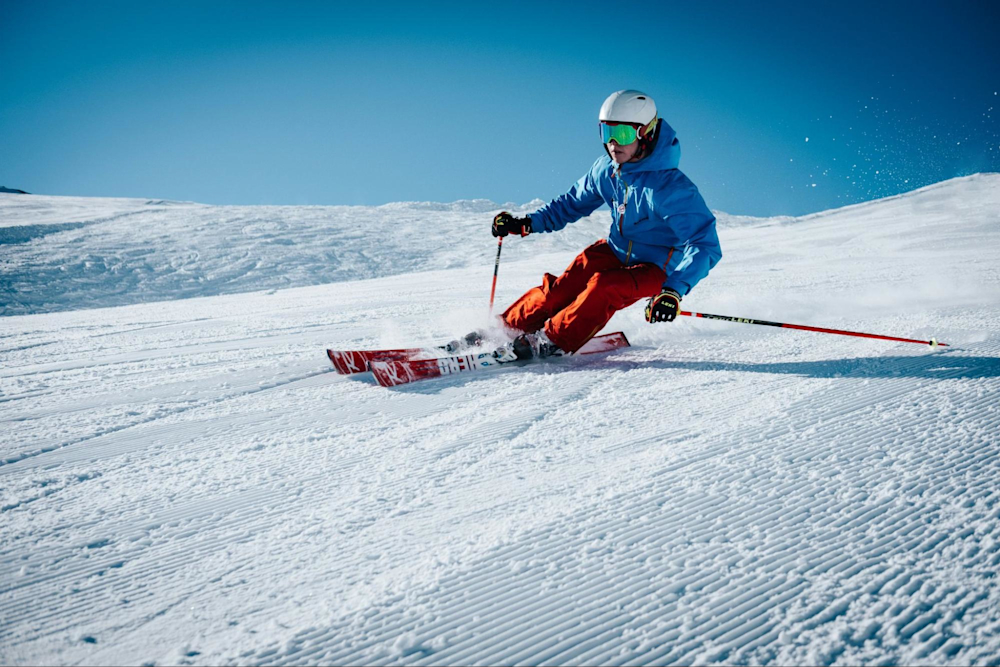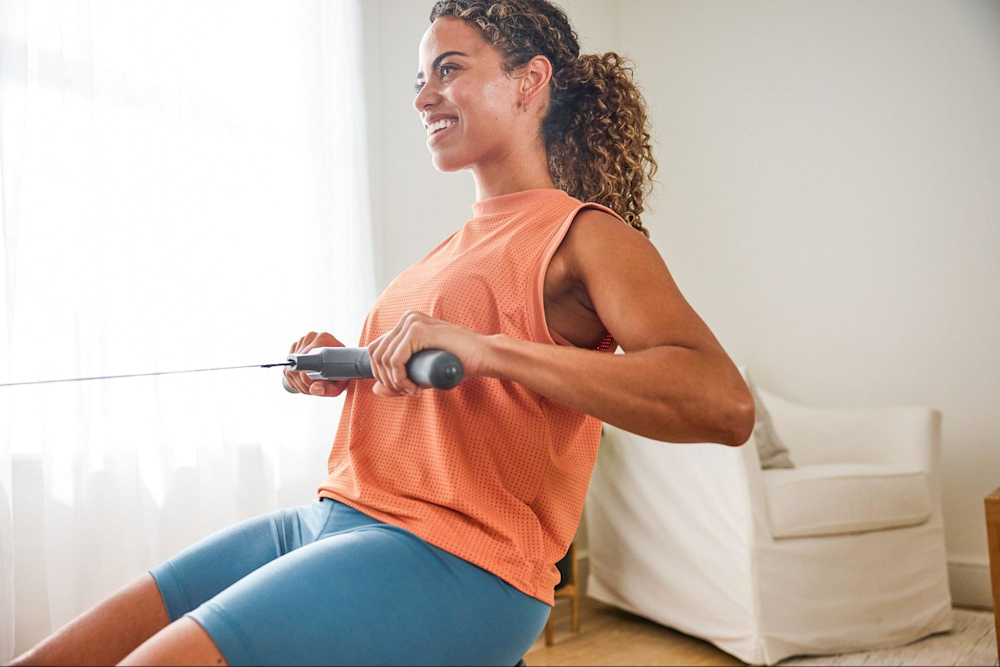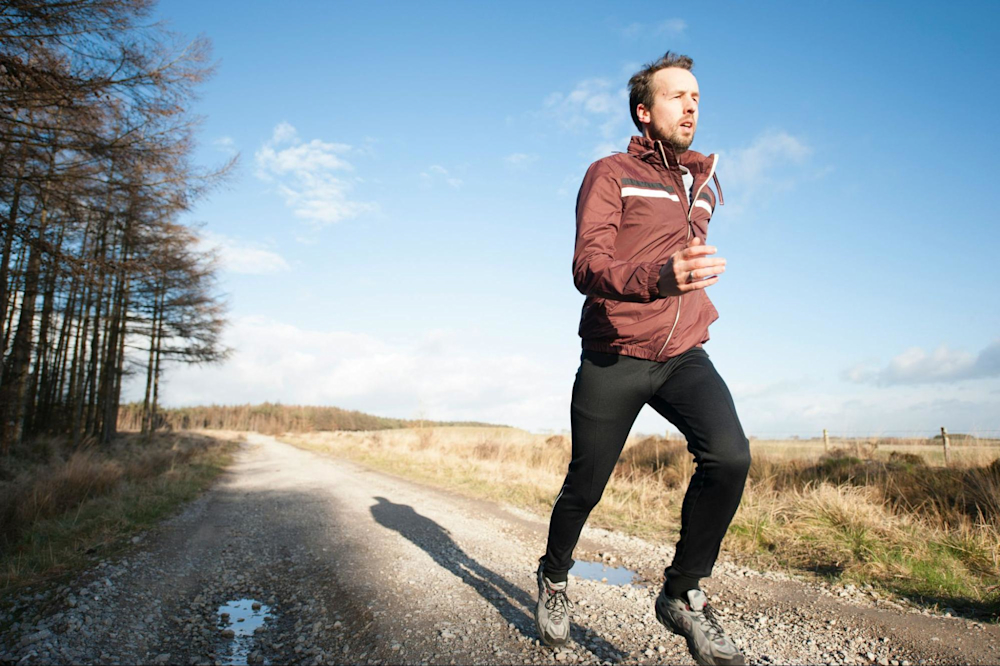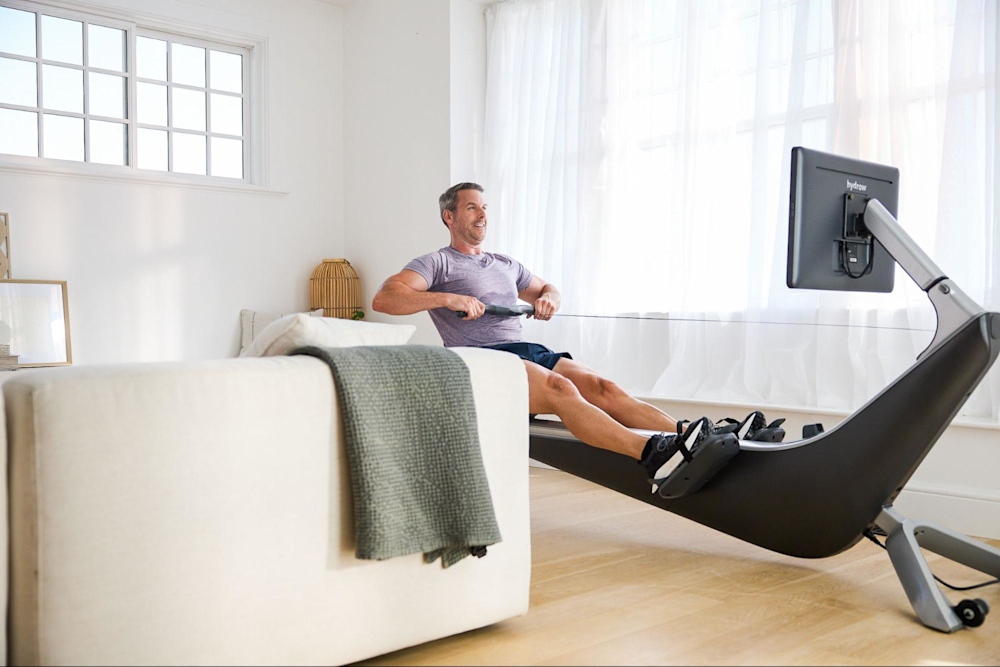How to Use a Rowing Machine for Cross-Training
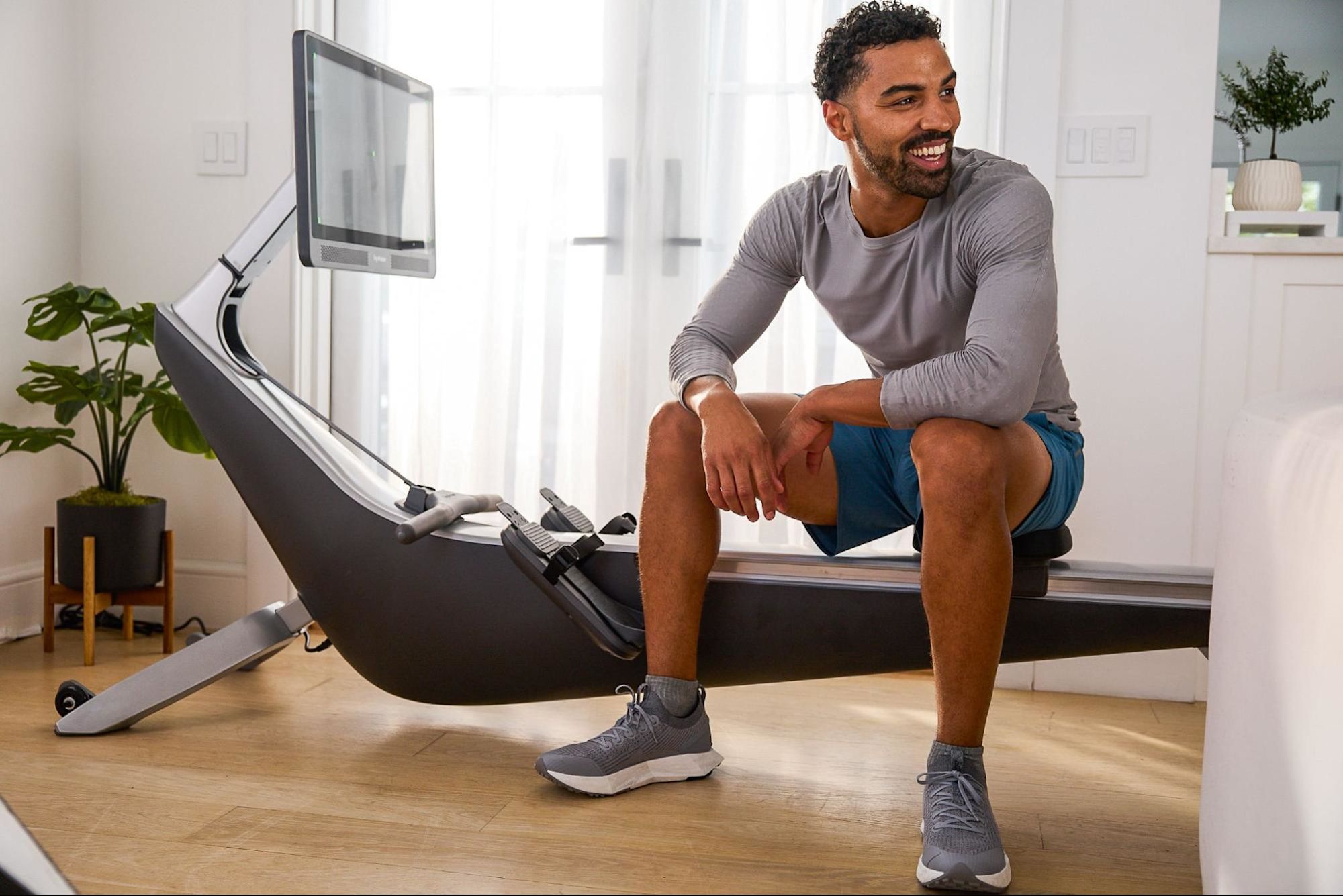
If you are looking for some exercise to complement your primary sport, rowing is a great option. It is a low-impact, full-body workout that provides both a strength and endurance component. It also incorporates your core into the movement as a way to coordinate your upper and lower body. This results in some serious all-around fitness gains that will give you a competitive edge in your sport of choice.
In this blog, we’ll explore how to use a rowing machine for cross-training, including:
What is cross-training?
Cross-training is a way to vary your exercise program by doing different types of activities to improve your overall fitness or performance. It helps enhance strength, endurance, and flexibility while reducing the risk of injury by varying the muscles you use and preventing overuse.
What are the benefits of cross-training?
Whether you’re a competitive athlete or just want to improve your health, there are several benefits of cross-training, including:
Balancing your muscle engagement: By working different muscles all over your body with different sports, you reduce your risk of injury. When doing a single activity, you work the same muscles over and over in the same way while neglecting other muscles. Choosing different types of exercise will engage other muscles, which may help reduce overuse injuries.
Increasing the fun factor: Including a variety of activities in your training program will help keep you mentally stimulating, increasing the likelihood of sticking to a program and preventing you from becoming bored with your sport. It can also give you the confidence to try more types of activities, if the opportunity should arise!
Providing body awareness: Exercising various muscle groups can make it easier for your muscles to adapt more easily to new activities by creating more body awareness.
Creating a well-balanced exercise program: Cross-training helps you follow a routine that incorporates all components of physical health: muscular strength and endurance, body composition, flexibility, and cardiovascular endurance.
Getting more social: Being involved in a variety of activities may expand your community of fitness friends.
Why rowing machines are so great for cross-training
Rowing machines offer a unique and effective way to cross-train, delivering a comprehensive workout that challenges your body and mind. Here are six reasons rowing makes for such a fantastic cross-training workout:
1. A full-body workout for balanced strength
Rowing is great for cross-training because it provides a full-body workout that engages 86% of your muscles, including your legs, core, back, and arms. Working the main muscles, complementary muscle groups, and your core will help prevent muscle imbalances that could lead to injury.
2. Strength and endurance building
Not only does the rowing movement require and build strength, but it simultaneously distributes flood flow to all your working muscles. As a result, rowing improves your muscular endurance and strength, as well as your cardiovascular endurance.
3. Low-impact exercise for joint health
Rowing is also low impact, which reduces the strain on your joints. Integrating this exercise between more high-impact workouts could decrease your risk of injury.
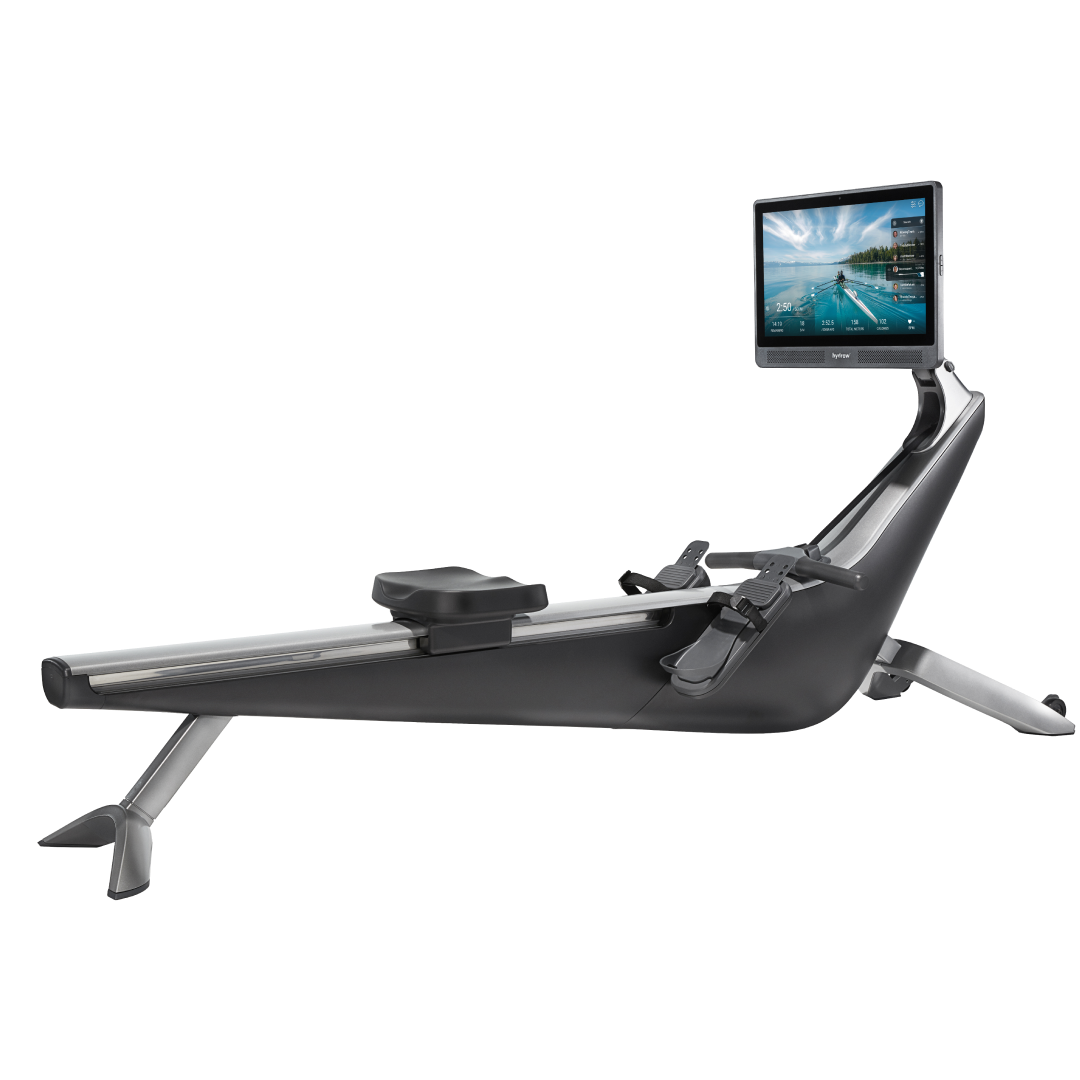
Cardio and Strength, Combined
Burn calories and build muscle with a Hydrow rowing machine.
4. Adjustable intensity for all fitness levels
Rowing can be easily adjusted for intensity, making it suitable for a variety of fitness levels or incorporated into a training program that has a certain desired outcome for intensity. As such, rowing can be used either as a way to push the intensity using a different modality or as an active recovery from a primary activity.
5. Prevent burnout and keep training fresh
Changing up your workouts with rowing can also prevent burnout and keep training fresh and exciting—giving you a mental boost that could actually enhance the performance of your primary sport.
6. Coordination and balance
Last, the rhythmic nature of rowing helps develop coordination and balance, which can cross over into other activities that have similar coordination challenges and ultimately contribute to better performance in other sports.
How can rowing machines be used for cross-training with other sports
If you’re interested in cross-training with a rowing machine, learn more about how it specifically complements different types of sports below, including:
Running
Cycling
Swimming
Triathlons
CrossFit
Tennis
Basketball
Golf
Skiing
Cross-training for rowing and running
Both running and rowing are endurance-based activities. Rowing will continue to improve your endurance while incorporating different muscles, particularly the upper body and core. This will help with muscle balance, too.
Running is also a high-impact activity—conversely, rowing is low-impact. Integrating rowing into your running program can give your joints a necessary break and reduce your risk of joint injury while maintaining (if not enhancing!) your fitness.
Try including one or two steady-state rowing workouts into your weekly running program as a way to recover from your more intense running sessions.
Learn more: Why Runners Should Cross-Train With Rowing
Cross-training for rowing and cycling
Cycling and rowing are similar in that they both mainly rely on aerobic capacity and leg power (yes, contrary to popular belief, rowing is approximately 70% leg work!). Rowing complements cycling by helping to improve the leg strength and endurance essential for long rides.
In addition, because rowing engages different muscle groups, it promotes balanced strength and reduces overuse injuries. A strong core developed through rowing can foster cycling posture and maintaining stability on the bike.
On your recovery days, we recommend trying a low-intensity rowing session.
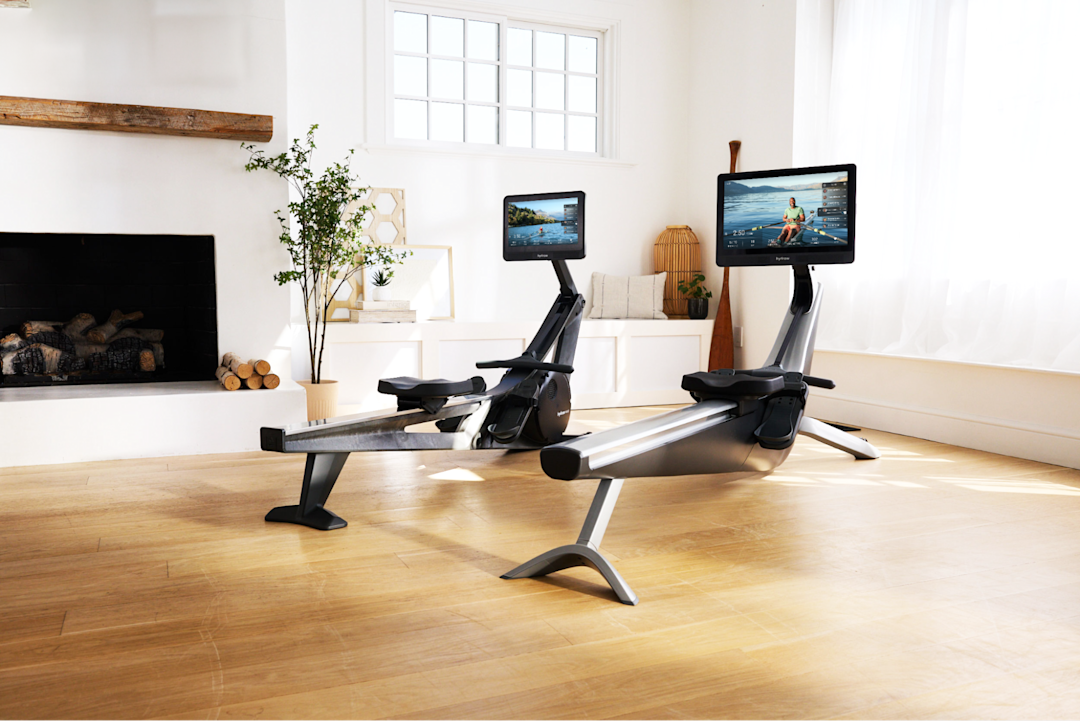
Considering a Hydrow rowing machine? We tackle all your burning questions in our FAQ guide.
Cross-training for rowing and swimming
A full-body rowing workout enhances aerobic capacity, which is crucial for maintaining stamina in the pool. The stroke mechanics of rowing involve the coordination of the upper and lower body, and the timing and coordination could be transferable skills to your swimming strokes. Rowing targets the back, shoulder, and arm muscles that are heavily used in swimming strokes, but in a different way.
Including an alternative low-impact, joint-friendly exercise can build strength and endurance without adding any joint stress that can be associated with other land-based workouts (as well as a nice mental break from the swimming pool!).
If you’re looking to introduce cross-training to your workout routine, we recommend alternating between swimming and rowing workouts.
Learn more: Can Rowing Make You a Better Swimmer?
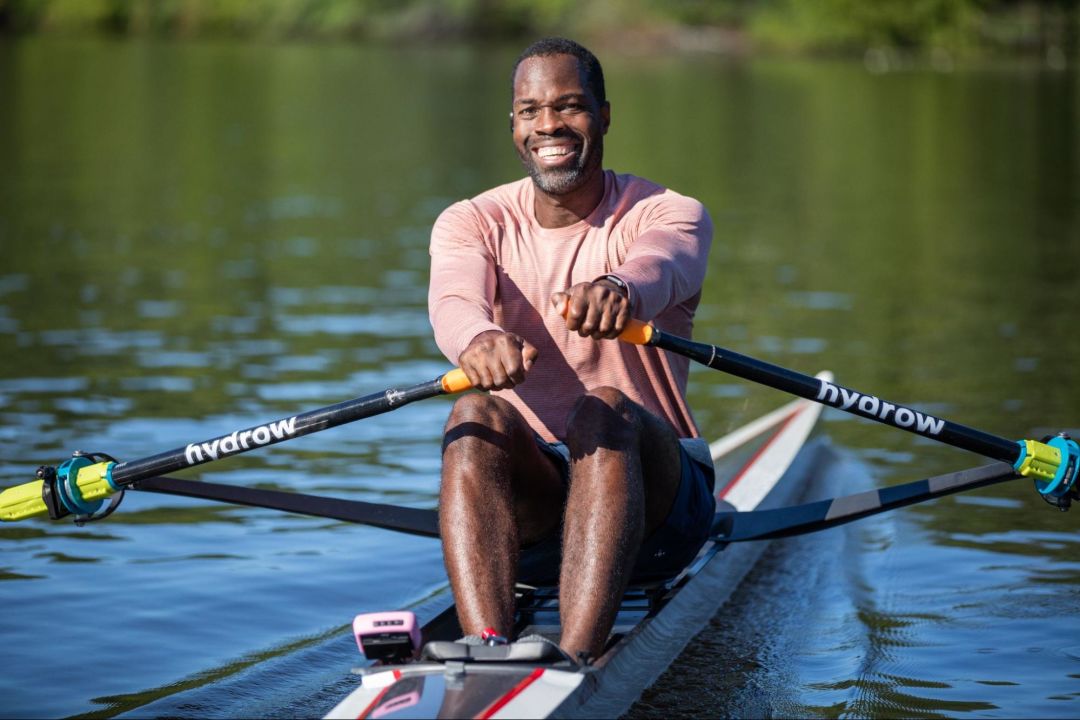
Experience the most immersive and efficient total-body workout with Hydrow.
Cross-training for rowing and triathlons
Triathlons have diverse demands that rowing can support by strengthening multiple muscle groups (including the core) and improving aerobic capacity and endurance. The three triathlon disciplines are physically and mentally challenging, and rowing can help build the stamina and mental toughness needed to complete a triathlon.
If you feel like you need a break from your typical triathlon training, add a rowing session or two into your weekly routine for a little variety.
Cross-training for rowing and CrossFit
Rowing is quite often included in CrossFit competitions or training, so it makes perfect sense to include rowing sessions into your weekly training if you’re a CrossFitter. Your workout could be in the form of a high-intensity interval training (HIIT) session that supports the development of the strength and power crucial for various CrossFit lifts and movements. Or, it could be a longer, more endurance-based rowing session.
Overall, rowing is a valuable addition to CrossFit training that builds on muscular and cardiovascular fitness.
Cross-training for rowing and tennis
Cross-training with rowing can support your tennis ambitions by improving your stamina for long rallies and matches and improving the overall strength and coordination important for tennis.
Rowing also requires concentration and rhythm to achieve your desired pace or technique. This focus can be transferred to meet the demands of tennis. The transfer of energy from the lower body to the upper body is crucial for both rowing and tennis, and rowing will also stimulate core strength and stability for effective movement and shot execution in tennis.
Switching in a rowing session for a weekly tennis session could help you prevent injury, giving your joints a break from the impact of running around on the court while reaping all the other benefits of a rowing workout.
Learn more: Does Rowing Help With Tennis and Pickleball?
Cross-training for rowing and basketball
Rowing exercise will boost your aerobic fitness, helping you maintain your energy levels during intense basketball games. Full-body strength from rowing across your legs, back, arms, and core will translate to better agility, balance, shooting, rebounding, and defense.
Rowing can also aid with your recovery by helping to flush out lactic acid and reduce muscle soreness after intense training or games.
Doing weekly rowing sessions could give you the edge in your game by improving your overall performance and fitness.
Cross-training for rowing and golf
Both golf and rowing engage multiple muscle groups, including the core. Rowing improves your strength and muscle coordination between your upper and lower body with strong core work, especially in the glutes, hips, and abs. This translates into solid balance and generating power in the golf swing. Plus, if you’re rowing with proper technique, improved shoulder mobility can contribute to a smoother and more effective swing.
Adding a couple of 15- to 30-minute rowing sessions into your training routine could improve your strength, endurance, and overall golf performance on the course.
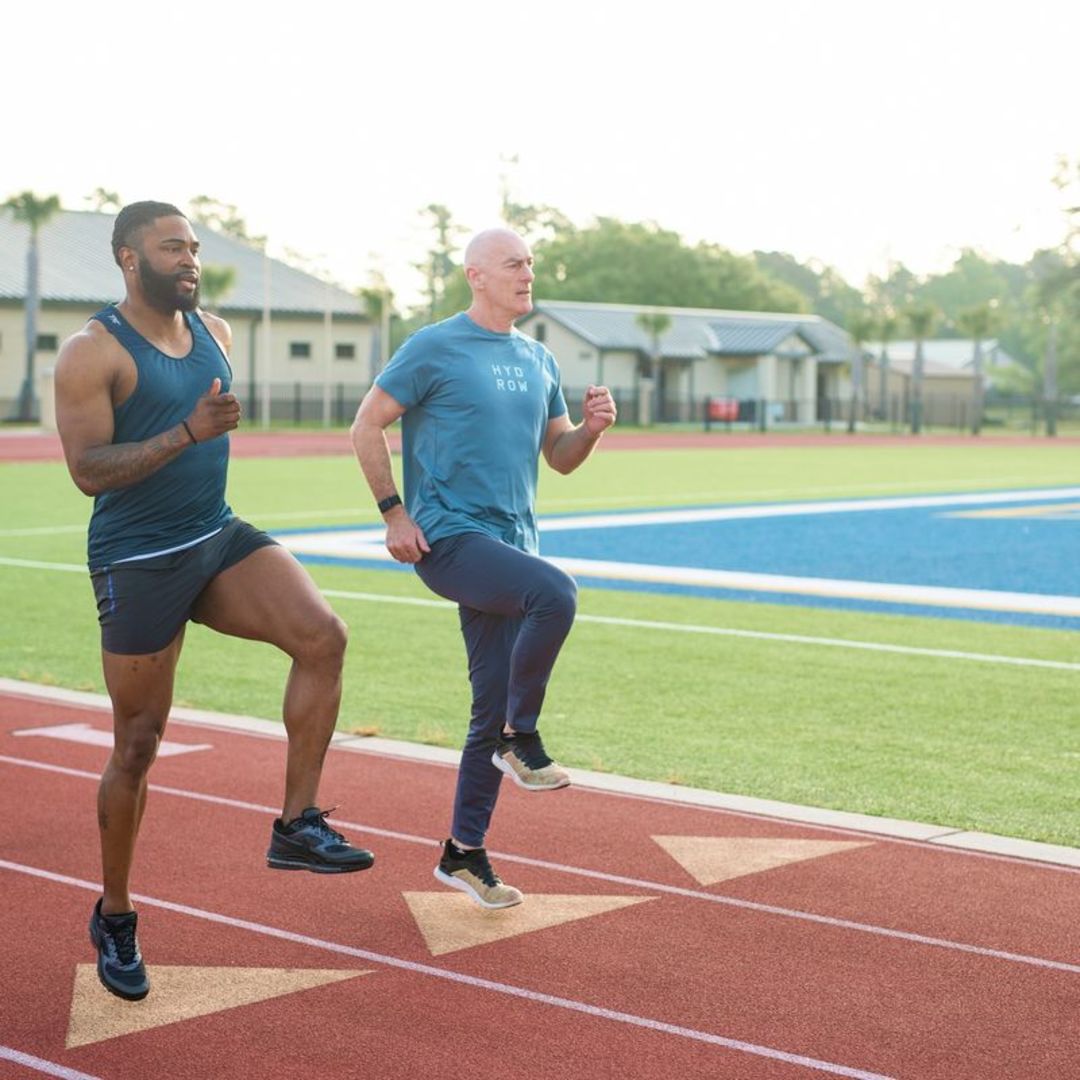
What’s your fitness style?
Take our quiz and receive a customized 14-day training program.
Cross-training for rowing and skiing
The aerobic component of rowing builds on cardiovascular fitness while engaging a variety of muscle groups. This aids in the strength development that’s critical for control on your skis.
The repetitive nature of rowing also relies on a powerful leg drive, which builds muscular endurance. Similarly, skiing requires muscular leg power and endurance to navigate various skiing terrain, quick turns, and sustained effort.
There is a seasonal component to skiing, so rowing may be the perfect complement to keep your heart and muscles fit in the off-season.
Cross-training with a rowing machine: Final thoughts
Cross-training is important to keep your body strong and healthy. As a low-impact, full-body, non-weight-bearing form of exercise that works your heart and muscles, rowing is an excellent choice for cross-training to improve your overall fitness and performance in various athletic disciplines.
If you’re interested in giving rowing a try, Hydrow’s rowing machines are the perfect addition to any home gym, giving you an immersive and total-body workout in just 20 minutes a day.
Hydrow’s extensive library of workout content is led by our team of world-class and Olympic Athletes and filmed in stunning locations around the world. Whether you’re looking to do a rowing workout or cross-train with yoga, Pilates, and circuit training, you’ll be transported to gorgeous global destinations that keep you motivated to come back again and again as you cross-train.
Learn more about the benefits of a Hydrow rowing machine today!

Explore Hydrow
Learn more about how you can transform your fitness routine with a rowing machine.

